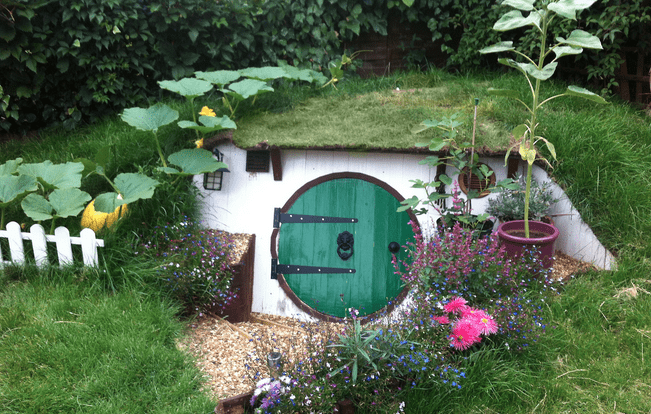
A few years ago, my wife and I sat down to watch a movie. It was a drama, and there was a lot of bleakness, a lot of pain—we did not know where it was heading, but it did not appear to be toward happiness. Still the story intrigued us, because we were right in the middle of the plot, and it is human nature to want some resolution. Then the DVD started skipping.
I buffed it with my shirt, sprayed some Windex on it, even blew into the DVD player like it was an old Nintendo cartridge. Nothing. The DVD still skipped, and we were left without an ending.
The season of Lent comes with a steady dose of drama. The temptations of Christ get the ball rolling, and then as we journey through His earthly ministry we always have the benefit of knowing how the story of Lent ends: conspiracy, intrigue, betrayal and the scattering of Christ’s friends closely followed by his torture, passion and then death upon the Cross.
As many of us journey through Lent with our families and faith communities, we tend to think like people who do not know the end of the story. We become so focused on the suffering and the death of Christ that we are like people watching a movie that just stops, and we do not know the rest of the story.
I realize we all know the rest of the story here, and that it is what we celebrate on Easter. But how we view Christ’s story throughout Lent and Easter influences our theology and how we see the Cross and the resurrection functioning together.
The separation of the Lent and Easter seasons does not exactly help here. Darkness, suffering, temptation, repentance and death: that is Lent. Joy, celebration, fish breakfasts, long walks with Jesus and resurrection: that is Easter.
However, if we start to look deeper into the intent of the Lent and Easter seasons, there are not two separate stories with two climaxes, one culminating in death and the other culminating in resurrection. No, when Lent and Easter are placed together as one big story, when we look at everything together as a whole and cohesive narrative, it becomes a story where the climax is not the Cross, but the resurrection.
For much of my life, the climax of the Passion narrative, Lent and Easter put together, has been the Cross. The Cross is the place of salvation, the place where sin is forgiven, the place where Christ ransomed the world from the powers of death and darkness and atoned for us. That was, in my mind, the climax of the story. Yes, something really awesome happened with the resurrection, but I have heard so much through songs and theology that I should “cling to the Cross.” This Lent however, I began to grow frustrated with this looking at the Cross. I decided that I wanted to begin living as if I should “cling to the resurrection,” but this also is missing the big picture.
See, what has been lost on so many of us, and even someone like me, who grew up fasting during Lent, is that the time of repentance and contemplating the death of Christ is not supposed to be separated from the resurrection of Christ like it often is now. The resurrection that happens Easter morning is the end of the Passion story, and it cannot be forgotten, either during Lent or our daily lives.
There is a temptation to then shift the focus from the death to the resurrection, from one central point to another. If we have the Cross as the center of our spiritual lives and focus for so long, the natural response if we want to shift the focus is to just start emphasizing the resurrection over the Cross. We can change from “cling to the Cross” to “cling to the resurrection” kind of people. But this is to just oscillate between two parts of the story.
To properly focus on these climactic events that shaped Christian history, we need to re-train ourselves to think about the death and the resurrection of Christ not as two separate and climactic events but as one single event, one climax in the Passion narrative: death and resurrection together.
The Church has had a name for this during its history, and like so many other ideas of significance, it has a cool Latin name: Triduum. This is the name given to the three days that encompass the death, burial and resurrection of Christ that happen on Maundy Thursday (Last Supper), Good Friday (Death), Holy Saturday (Burial) and Easter Morning (Resurrection). Grouping these events we often view separately together makes a profound theological statement: if we want atonement, forgiveness and new life, we need to have both death and resurrection—the whole Passion narrative all at once.
The final words of John 16 sum up the importance of viewing Christ’s death and resurrection together: “But take heart; I have overcome the world.” Through death Christ overcame sin, and through the resurrection Christ overcame death itself. What more could cause us to take heart than this? In the span of three days, Christ has turned all the powers of darkness over and birthed the joy of resurrection life into the world, but not before passing through death and darkness.
Our Christian life is always full of the tension of death and resurrection together. We take communion and try to grasp the depth of Christ’s sacrifice for us even knowing in the back of our minds that Christ conquered death. And we take joy in the baptism of others into new life while at the same time knowing full well that the new life we experience in the Christian life was bought with the ultimate price, a perfect sacrifice and a harrowing journey into darkness.
Life and Death. Cross and Resurrection. To know full well the magnificence of Christ’s power, we must cling both to the Cross and to the resurrection. Only then will the story be complete.






















